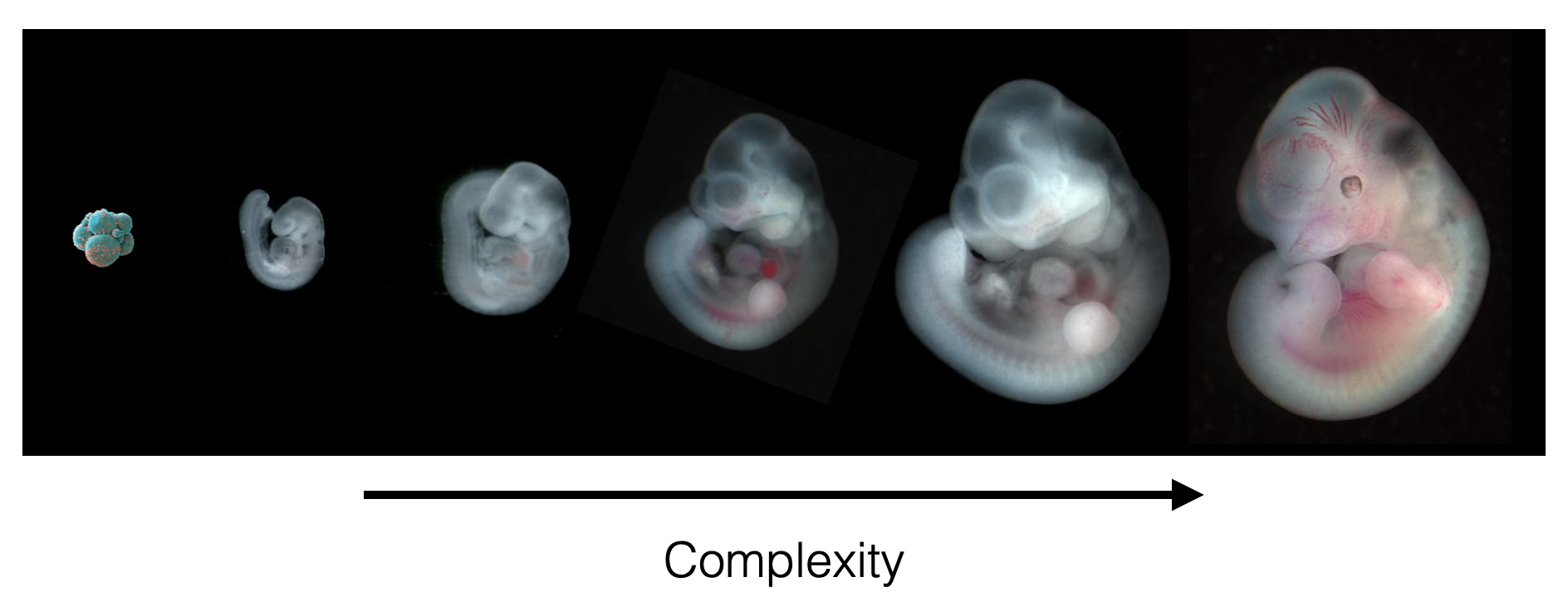research
Understanding the relationship between DNA and the amazing diversity of life
Overview
We aim to understand how DNA is translated into life, which we approach using cutting-edge computational and experimental techniques. Our projects typically focus on studying how DNA mutations can lead to human disease and characterizing cellular control of gene expression. Still, our interests extend beyond these core topics to encompass various DNA-related subjects. Below, I provide a high-level description of a few core concepts that underlie some of our work. For more details, see the publications page. I also love talking science, so contact me to learn more!
The power of genetics
Genome-wide association studies (GWAS) have discovered an avalanche of variants linked to human diseases, each representing a unique opportunity to reveal the biological processes underpinning complex human traits. Unfortunately, we lack the tools to fully capitalize on this wealth of information.

Several critical bottlenecks have decelerated further interpretation of the overwhelming number of newly disease-linked variants.
- Over 75% of disease variants are found in non-coding regions, making it challenging to find the disease-relevant gene(s) mediating its effect and highlighting how poorly we currently understand gene regulation.
- Further complicating the study of gene regulation, how cells control specific genes varies drastically across cell types, cellular responses to stimuli, and time points.
- Association studies typically identify many significant variants with small effect sizes, leading to difficulties justifying the prioritization of any one variant for follow-up studies.
Taking the next step towards fulfilling the promise of human genetics, our lab creatively combines the development of cutting-edge computational methods along with multiplex assay design to understand how gene regulation is related to complex traits at scale. Applying this unique collection of analytical and experimental skills will directly address rate-limiting bottlenecks.
Decoding Cell Diversity: From Development to Disease
All cells share the same DNA, yet different cell types exhibit a remarkable diversity of function. To learn more about how different cell types control their uniquely expressed gene programs, we are involved in large-scale genomic studies that broadly survey cell types from entire organisms or specific tissue systems especially relevant for disease.

Every living organism starts its life as a single cell. This cell begins to divide, eventually leading to all the diverse cell types we observe in an adult. How does this complex developmental process of diversification or differentiation happen? Naturally, we want to understand how organisms develop and are organized so that we can create effective interventions to avoid disease-causing cellular states. As captured with single-cell assays, large-scale cellular measurements offer an unprecedented look at the development process and enable scientists to understand how one cell can develop into a complete organism. In our lab, we apply the metaphorical ‘microscope’ of single-cell technologies (or other genomics assays) to the complex process of development and other disease-relevant biological processes.
When our bodies come into contact with the outside world, our immune system protects us from pathogenic invaders. The immune system coordinates this response through a complex interplay of signaling among critical cell types. It is hypothesized that when this interplay between immune cells breaks down, it can lead to the initiation of autoimmune diseases. In the past, we have analyzed the immune responses of different human cell types to characterize how this cooperation works and better understand what goes wrong in diseases.
These days, there is an abundance of available measurements of diverse cellular states for many human tissues (and tissues from other species), and we regularly analyze them computationally to test new hypotheses of development or dysregulation. In parallel, our lab undertakes new and impactful data-generation projects that lead to insights into disease-relevant processes.
Functional genomics, because cells are complicated
When we look more closely at what is happening inside a cell, we still do not know exactly how it interprets DNA to perform its functions. One approach to gaining this understanding is to propose rules iteratively and then experimentally test the cell to evaluate whether the proposed rule successfully predicted the outcome. While this description simplifies the process, it illustrates a general approach central to functional genomics that we apply to understanding how cells function.

In several studies, we perturb genes, mutate genomic DNA, or even incorporate de novo-generated DNA sequences to observe how cells respond. We can then computationally analyze the results from these observations and hypothesize new rules that govern cellular behavior. Our lab has extensive plans for these functional genomics studies and is always interested in new approaches to enhance our understanding of how cells function.
Technologies we love
While at our core we are driven by biological questions, our lab loves technology. Our favorites are typically new molecular tools or theoretical ideas that push the boundaries of computation.
Technologies
- Massively parallel reporter assays (MPRA)
- Deep learning (LLMs and other architectures)
- Single-cell assays
- Statistical modeling
- CRISPR/Cas-based systems
- DNA sequencing-based tools
If a new technology excites you and could be helpful for our scientific interests, please share!
Our interests are broad!
These few topics are just a sampling of our lab’s varied interests. Reach out if anything piqued your attention or if you have ideas about how we can apply our genomics tools to another interesting problem!